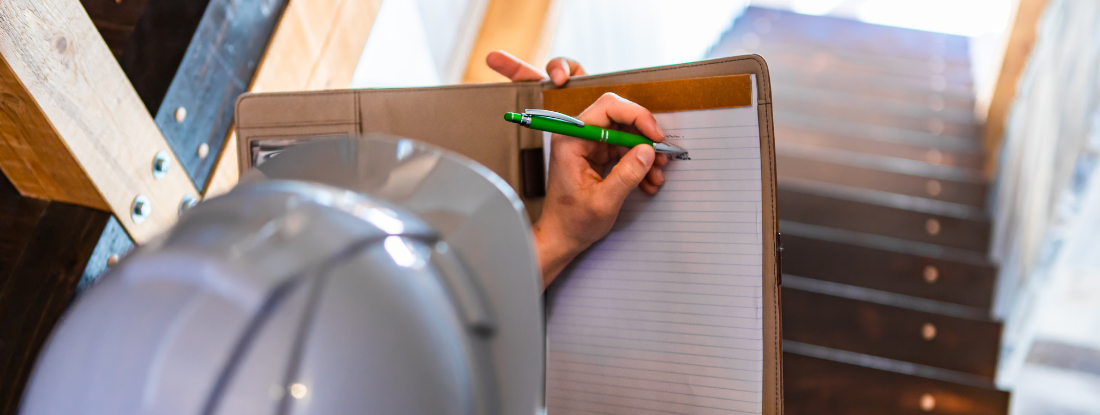Guaranteeing Post Remediation Verification Precision
Guaranteeing Post Remediation Verification Precision
Blog Article
Expert Tips for Post Mold Remediation Success
In the world of mold remediation, successfully eradicating mold is only half the fight; the real obstacle exists in preventing its reappearance. By sticking to skilled ideas and finest practices, people can secure their spaces against mold resurgence and keep a healthy indoor atmosphere.
Screen Moisture Levels Routinely
After finishing mold remediation treatments, preserving ideal moisture levels is vital to stop mold re-growth and ensure a healthy and balanced interior setting. High moisture degrees above 60% produce a helpful setting for mold to prosper, making routine keeping track of a proactive measure to stop any type of future mold issues.
Using hygrometers or dampness meters can assist in precisely determining humidity levels in various locations of the residential property. These tools provide real-time information that enables remediation professionals to make informed choices relating to ventilation, dehumidification, and various other needed activities to maintain ideal humidity degrees post-remediation. Furthermore, establishing a regular timetable for moisture checks, particularly in risky areas such as bathrooms, cellars, and kitchens, is a proactive technique to mold and mildew prevention. By consistently keeping an eye on moisture levels, residential or commercial property owners can properly minimize the risk of mold reoccurrence and maintain a healthy indoor setting post-remediation.
Conduct Thorough Inspections Post-Remediation
Adhering to the completion of mold and mildew removal treatments, it is vital to carry out detailed evaluations to confirm the effectiveness of the remediation process. These post-remediation inspections are important in making certain that the mold concern has actually been successfully dealt with which there is no reoccurrence or staying mold and mildew development. Examinations must be lugged out by certified professionals who have expertise in determining mold and mildew and analyzing indoor air quality.
Throughout these inspections, various methods such as aesthetic analyses, air tasting, and surface tasting might be used to extensively examine the remediated locations. Aesthetic evaluations involve a thorough assessment of the properties to look for any kind of noticeable indicators of mold development or water damage. Air tasting aids in determining the air-borne mold and mildew spore degrees, while surface tasting can find mold and mildew fragments on surface areas.
Implement Correct Ventilation Approaches
After guaranteeing the effectiveness of the mold remediation procedure with extensive examinations, the following vital step is to focus on executing correct ventilation approaches. Ample air flow is necessary in stopping mold reoccurrence by regulating dampness levels and promoting air circulation. To attain this, it is suggested to make use of exhaust fans in locations vulnerable to high humidity, such as restrooms and kitchen areas. Furthermore, opening up doors and windows when weather condition permits can assist enhance air flow and decrease wetness buildup. Air cleansers and dehumidifiers are additionally beneficial devices in maintaining optimum indoor air top quality.
Proper ventilation not just aids in avoiding mold and mildew development but also contributes to the general health and comfort of residents. By guaranteeing ample air flow throughout the building, you can minimize the threat of mold and mildew regrowth and develop a healthier moved here living setting.

Usage Mold-Resistant Materials for Services
To enhance the lasting effectiveness of mold remediation initiatives, incorporating mold-resistant materials for repair work is vital in reducing the threat of future mold and mildew growth. Mold-resistant materials are developed to withstand dampness and hinder mold growth, making them a crucial Full Report selection for locations prone to dampness and moisture. When repairing locations impacted by mold and mildew, utilizing materials such as mold-resistant drywall, mold-resistant paints, and mold-resistant caulking can help prevent mold recurrence.
Mold-resistant drywall is an exceptional option to conventional drywall in locations like restrooms and cellars where dampness degrees are greater. This sort of drywall has an unique finish that withstands mold and mildew growth also when subjected to damp conditions. Additionally, making use of mold-resistant paints containing antimicrobial agents can additionally prevent mold and mildew growth on ceilings and wall surfaces.
In areas where wetness prevails, such as bathrooms and cooking areas, making use of mold-resistant caulking around home windows, sinks, and bathtubs can help secure out water and protect against mold from taking hold in fractures and holes. By purchasing these mold-resistant products throughout repairs post-remediation, you can dramatically decrease the possibility of future mold and mildew problems and keep a healthier interior atmosphere.
Maintain Cleanliness and Address Water Issues
After mold and mildew remediation, it is vital to preserve a clean setting to avoid the regrowth of mold and mildew. Leakages, water breach, or high humidity levels can develop the best breeding ground for mold and mildew, so it is crucial to deal with any type of water-related troubles quickly.
To keep tidiness, think about making use of HEPA filters in vacuums and air purifiers to trap mold and mildew spores and prevent their blood circulation airborne. Making certain appropriate air flow in locations vulnerable to moisture accumulation, such as washrooms and kitchens, can aid keep humidity degrees in check. By staying alert about sanitation and attending to water concerns immediately, you can properly protect against mold and mildew reinfestation and maintain a healthy indoor environment.
Verdict

In the realm of mold removal, effectively getting rid of mold is only half the fight; the real obstacle exists in stopping its reappearance. After finishing mold and mildew remediation treatments, keeping optimum moisture levels is vital to stop mold and mildew re-growth and guarantee a healthy interior environment. High moisture degrees over 60% develop a helpful atmosphere for mold to thrive, making normal checking an aggressive step to protect against any kind of future mold issues.
To boost the long-term effectiveness of mold and mildew remediation efforts, integrating mold-resistant materials for repair work is crucial in minimizing the risk of future mold growth. After mold removal, it is crucial to maintain a tidy atmosphere to avoid the regrowth of mold and mildew.
Report this page